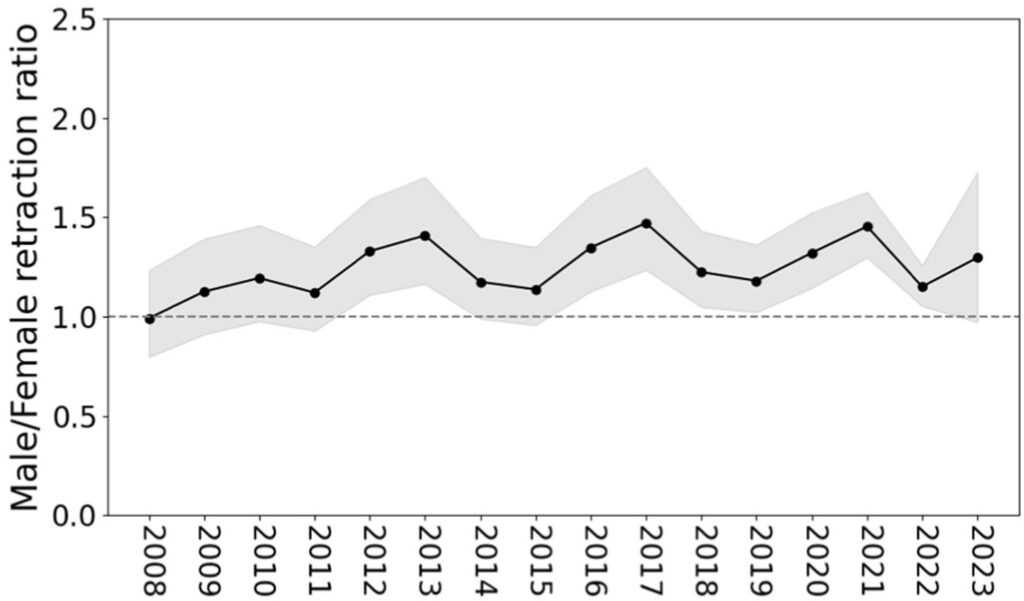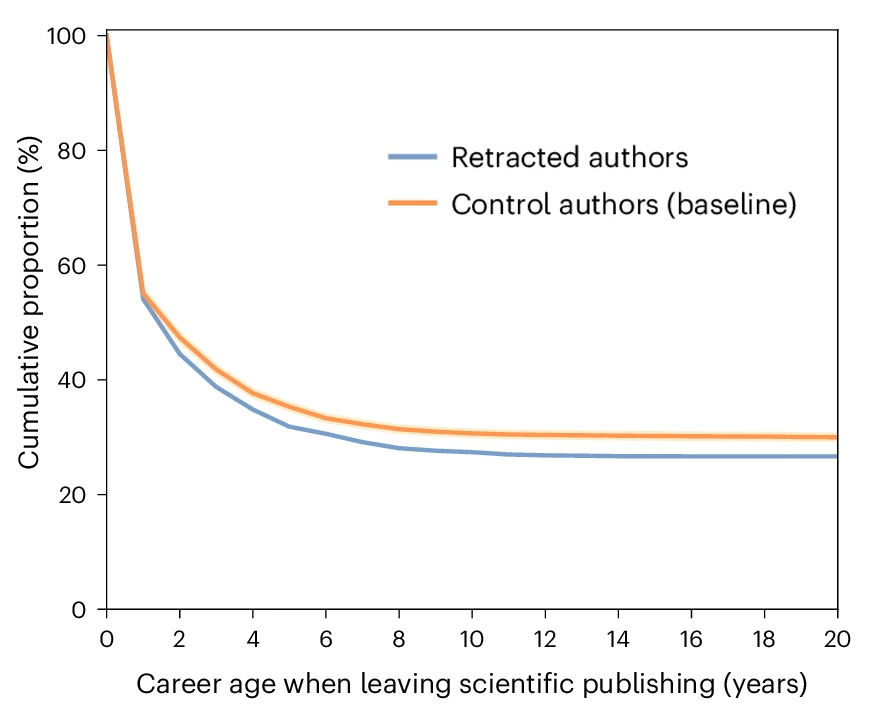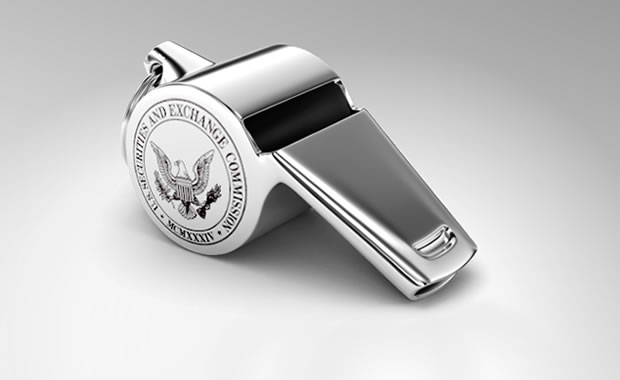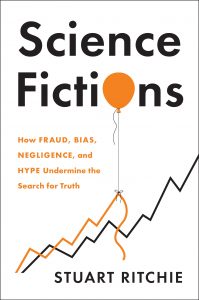
When you look at retracted papers, you find more men than women among the authors. But more papers are authored by men than women overall. A recent study comparing retraction rates, not just absolute numbers, among first and corresponding authors confirms that men retract disproportionally more papers than women.
The paper, published May 20 in the Journal of Informetrics, is the first large-scale study using the ratio of men’s and women’s retraction rates, said study coauthor Er-Te Zheng, a data scientist at The University of Sheffield. The researchers also analyzed gender differences in retractions across scientific disciplines and countries.
Zheng and his colleagues examined papers from a database of over 25 million articles published from 2008 to 2023, about 22,000 of which were retracted. They collected the reasons for retraction from the Retraction Watch Database, and used several software tools to infer each author’s gender based on name and affiliated country.
Continue reading Do men or women retract more often? A new study weighs in







